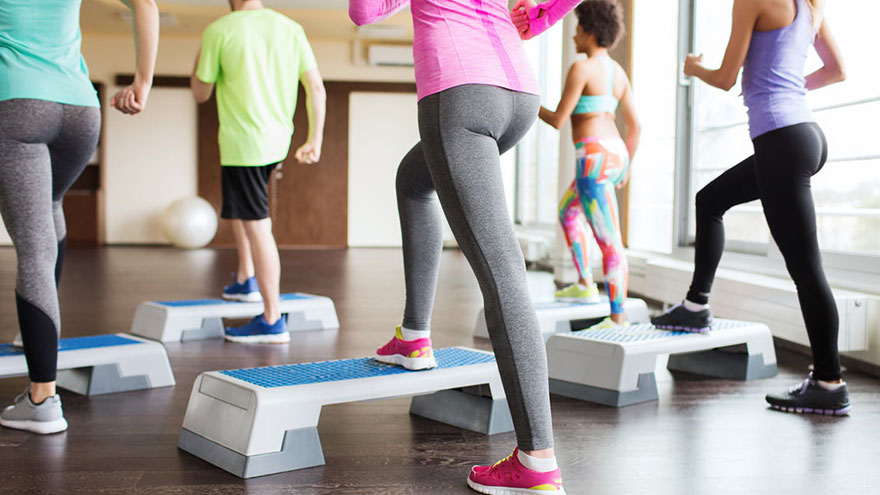Measurable Goals for Aerobics
You can’t work toward your goals unless you can track them. To assess whether or not you are improving with your aerobic exercise, you need to establish measurable goals.
You can assess your aerobic performance when exercising by using measurable goals that will allow you to workout longer, move faster and train more intensely with greater ease.

Distance
A simple, measurable fitness goal is to improve the distance you travel. If you typically walk three miles each day, increase your mileage to four or five miles. Swim an extra lap at the pool or add five miles to your 10-mile bike ride. If you are exercising on a piece of equipment at the gym, the display will clearly display the number of miles you have traveled.
If you are training outside, consider walking, running or cycling around an accurately measured track. You can also use a pedometer to calculate the number of steps you are taking when walking or climbing stairs.
Speed
You can measure how fast you are moving by adjusting your speed on fitness equipment. If you normally walk an average pace of 3.5 mph, increase your speed to 4 mph. If you typically swim three laps around the pool in 20 minutes, aim to complete the same three laps in 17 to 18 minutes.
When you use a timer on an accurately calibrated piece of fitness equipment or a watch when traveling along a precisely measured outdoor distance, you can set easy-to-measure goals to improve your aerobic speed.
Intensity
You can increase your aerobic walking and running intensity by walking and running on an incline. You can increase the incline grade on stair climbers and elliptical machines as well. Moving uphill requires more energy. When you travel along a steeper incline, your heart rate increases, you breathe faster, and you burn more calories.
If you are exercising outside, find a hilly route or consider riding your bike or running a trail instead of a flat surface. It is important that you maintain your average speed during uphill workouts to truly increase the overall intensity of your training.
Heart Rate
When you consistently include aerobic exercise in your weekly routine, your heart will get stronger and work more efficiently. Aerobic exercise can lower your resting heart rate. To measure your resting heart rate, sit or recline in a relaxed position. Use your index and middle fingers to find your pulse. Count the number of beats you feel in 60 seconds.
After doing aerobic exercise for a couple weeks, test your resting heart rate again. You can lower this number by 10 to 20 beats per minute by consistently incorporating aerobic training in your schedule.
You Might Also Like :: Exercises to Get Rid of Tiredness

